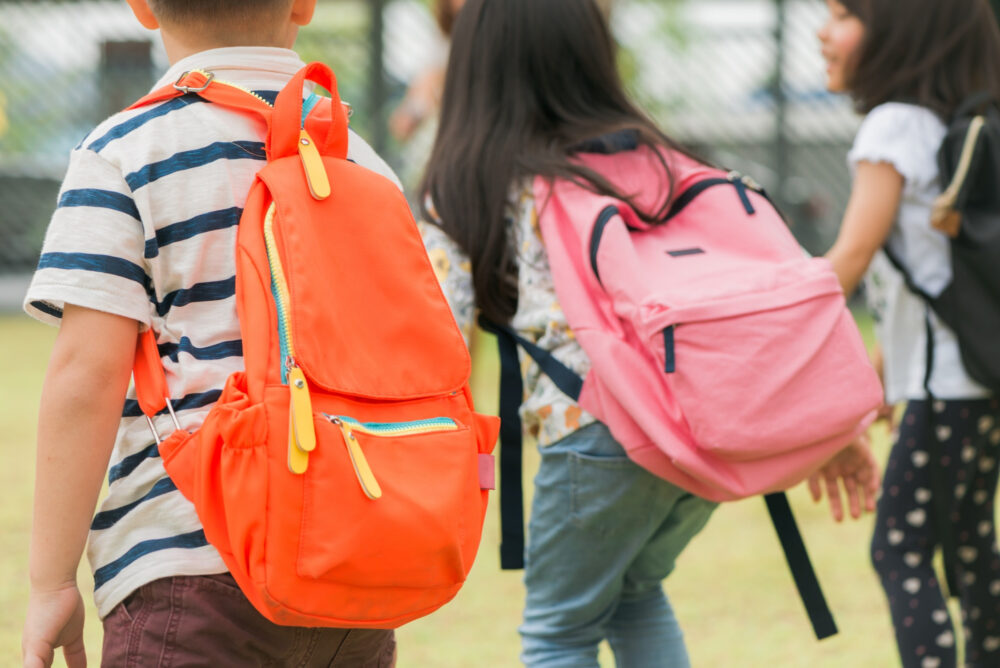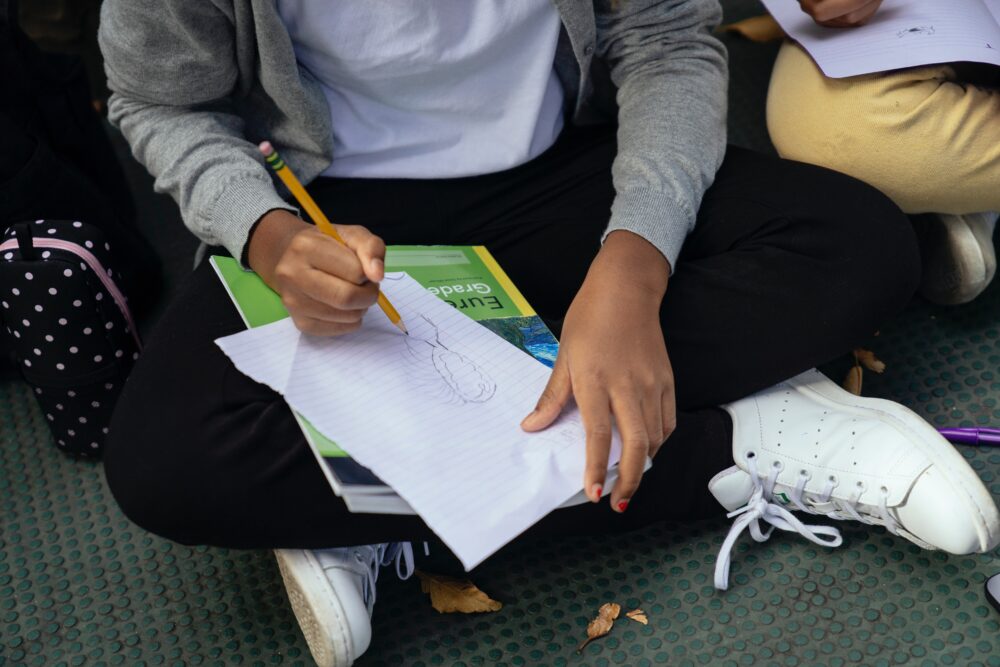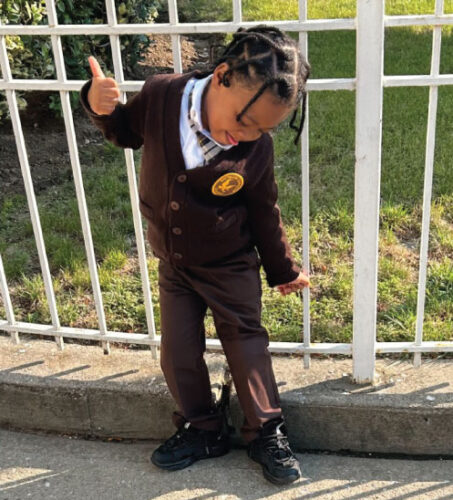뉴욕시 학생 노숙자, 2018-19
AFC(Advocates for Children of New York)의 프로젝트인 뉴욕주 노숙자 학생을 위한 기술 및 교육 지원 센터(NYS-TEACHS)는 2018년 동안 뉴욕시에서 노숙자로 확인된 학생 수를 보여주는 새로운 데이터를 게시했습니다. -2019학년도는 4년 연속 10만 명을 돌파하며 여전히 높은 수준을 유지하고 있습니다.

The data, which come from the New York State Education Department, show that in the 2018-2019 school year, New York City district and charter schools identified 114,085, or one in ten, students as homeless. More than 34,000 students were living in New York City’s shelters, and more than twice that number (73,750) were living ‘doubled-up’ in temporary housing situations with relatives, friends, or others.
The number of NYC students identified as homeless has steadily increased by more than 70% over the last decade, despite this year’s scant decrease of half a percentage point from the 2017-2018 school year. Overall, New York State schools identified 148,554 students as homeless during the 2018-2019 school year.
“This problem is immense. The number of New York City students who experienced homelessness last year—85% of whom are Black or Hispanic—could fill the Barclays Center six times,” said Kim Sweet, AFC’s Executive Director. “The City won’t be able to break the cycle of homelessness until we address the dismal educational outcomes for students who are homeless.”
For these students, homelessness and educational outcomes are closely tied; fewer than a third of New York City students who are homeless are reading proficiently, rates that are 20 percentage points lower than their permanently housed peers. Only 57 percent of all NYC students who are homeless graduate from high school. And, for NYC students living in shelters, the outcomes are even more stark—fewer than half graduate from high school. National research from Chapin Hall’s Voice of Youth Count has shown that the lack of a high school diploma is the single greatest risk factor for homelessness among young adults, putting youth without a diploma at 4.5 times the risk of experiencing homelessness as adults compared to their peers who completed high school.
Over the past few years, the City has taken some positive steps to directly support students who are homeless, including appointing new leaders to support this population, placing 100 “Bridging the Gap” social workers and more than 100 community coordinators in schools with high numbers of students who are homeless, offering yellow bus service to kindergarten through sixth grade students living in shelter, increasing pre-K enrollment among children living in shelter, and providing after-school reading programs at certain shelters.
Still, nearly half of families entering shelter are placed in a different borough from where their youngest child attends school, and nearly two thirds of students living in shelter are chronically absent, helping to explain the poor educational outcomes.
“We are heartened by the supports the City has added for students who are homeless, but now the harder work begins,” Sweet said. “With new leadership and school staff in place, the City must begin turning around educational outcomes for students who are homeless, starting with making sure students get to school every day.”



